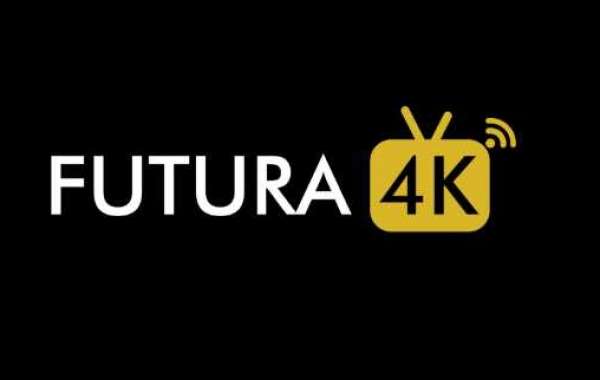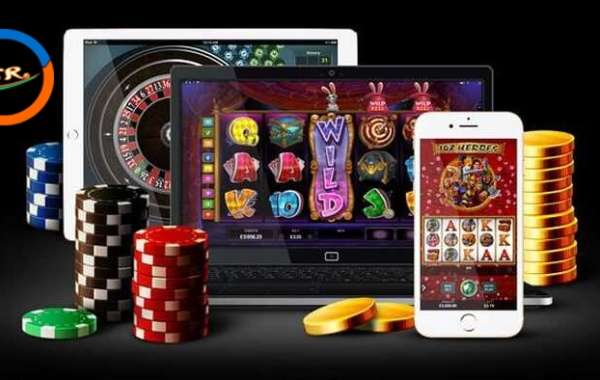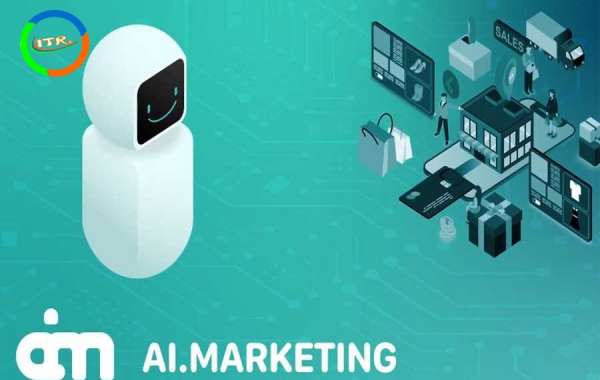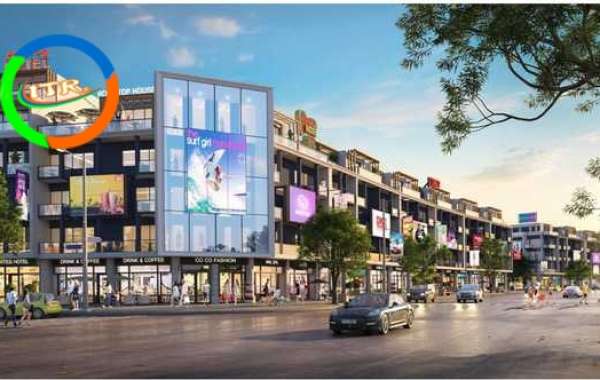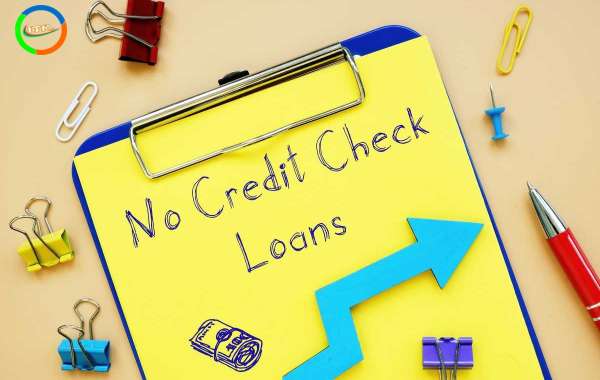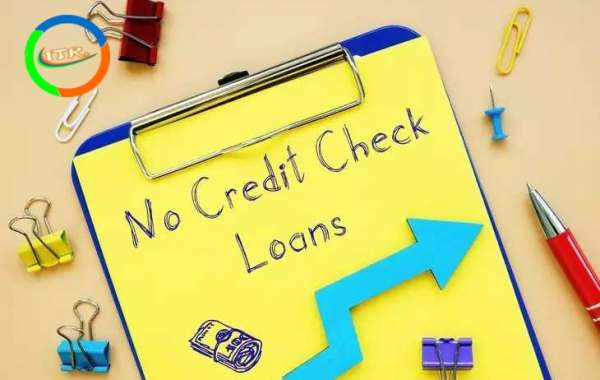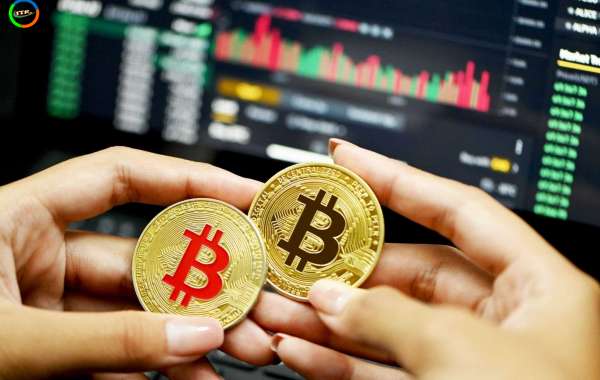From a TV watcher's point of view, IPTV is very simple: instead of receiving TV programs as broadcast signals that enter your home from a rooftop antenna, satellite dish, or fiber-optic cable, you get them streamed (downloaded and played almost simultaneously) through your Internet connection. Not the kind of connection you have today, which can probably handle only 1–10 Mbps (million bits per second—roughly the amount of information in an average novel entering your computer every second!), but a broadband line with about 10 times higher bandwidth (information carrying capacity) of maybe 10–100Mbps. You watch the program either on your computer or with a set-top box (a kind of adapter that fits between your Internet connection and your existing television receiver, decoding incoming signals so your TV can display Internet programs).
The BBC iPlayer website makes television and radio programs available on demand.
Photo: The hugely popular British Broadcasting Corporation (BBC) iPlayer is an example of a type of IPTV known as video on demand (VOD). You can watch programs that have been broadcast on about a dozen different TV and radio channels in the last seven days (and occasionally for longer). It doesn't currently provide live broadcasts.
From the viewpoint of a broadcaster or telephone company, IPTV is somewhat more complex. You need a sophisticated storage system for all the videos you want to make available and a web-style interface that allows people to select the programs they want. Once a viewer has selected a program, you need to be able to encode the video file in a suitable format for streaming, encrypt it (encoding it so only people who've paid can decode and receive it), embed advertisements (especially if the program is free), and stream it across the Internet to anything from one person to (potentially) thousands or millions of people at a time. Furthermore, you have to figure out how to do this to provide a consistently high-quality picture (especially if you're delivering advertising with your programming—because that's what your paying advertisers will certainly expect).
Sponsored links
Three types of IPTV
IPTV comes in three different flavors. The first kind—and the one you're probably using already—is called video on demand (VOD). With a service such as Netflix (an online movie website), you select a TV program or movie you want to watch from a wide range, pay your money, and watch it there and then. A different kind of IPTV is being offered by some of the world's more enterprising TV broadcasters. In the UK, the BBC (British Broadcasting Corporation) makes its last week's programs available online using a web-based streaming video player called the BBC iPlayer. This kind of service is sometimes called time-shifted IPTV, because you're watching ordinary, scheduled broadcasts at a time that's convenient for you. The third kind of IPTV involves broadcasting live TV programs across the Internet as they're being watched—so it's live IPTV or IP simulcasting. All three forms of IPTV can work either using your computer and an ordinary web browser or (for much better quality) a set-top box and an ordinary digital TV. All three can be delivered either over the public Internet or through a managed, private network that works in essentially the same way (for example, from your telephone and Internet service provider to your home entirely through the provider's network).
Watching video on demand with Amazon Instant Video on an HD smartphone.
TV Channels VODs in 4K Ultra HD. Here I'm watching pay-as-you-go, video on demand on a large HD smartphone (a "phablet" somewhere between a phone and a tablet) using Amazon's Instant Video (its answer to Netflix).
Personalized interactive TV
Traditional TV broadcasting means one-way, one-to-many delivery of information, but combining television and video pictures with the Internet opens up the possibility of a much more interactive experience where information flows in both directions. We're already used to TV talent shows where people phone in to vote for their favorite acts, but in a future where TV programs are delivered online, we can expect far greater involvement in the programs we watch. Instead of TV presenters talking to a live audience of a few hundred people in a studio, they'll be talking to a live audience of thousands or millions of viewers who can send instant feedback. We'll be able to ask questions and have the presenter answer them minutes later! Or maybe we'll vote on how we want TV soaps to play out, with multiple endings filmed in advance and different ones screened to different viewers!
